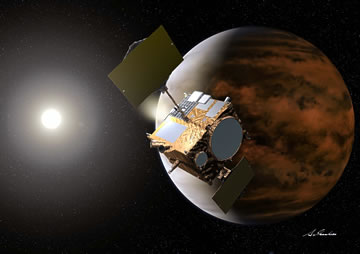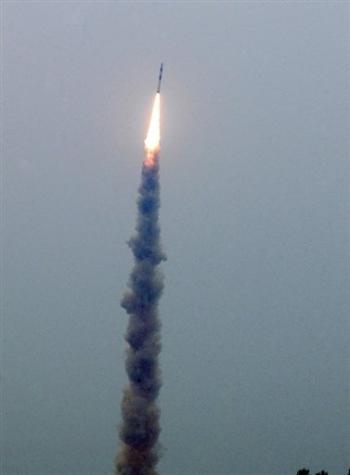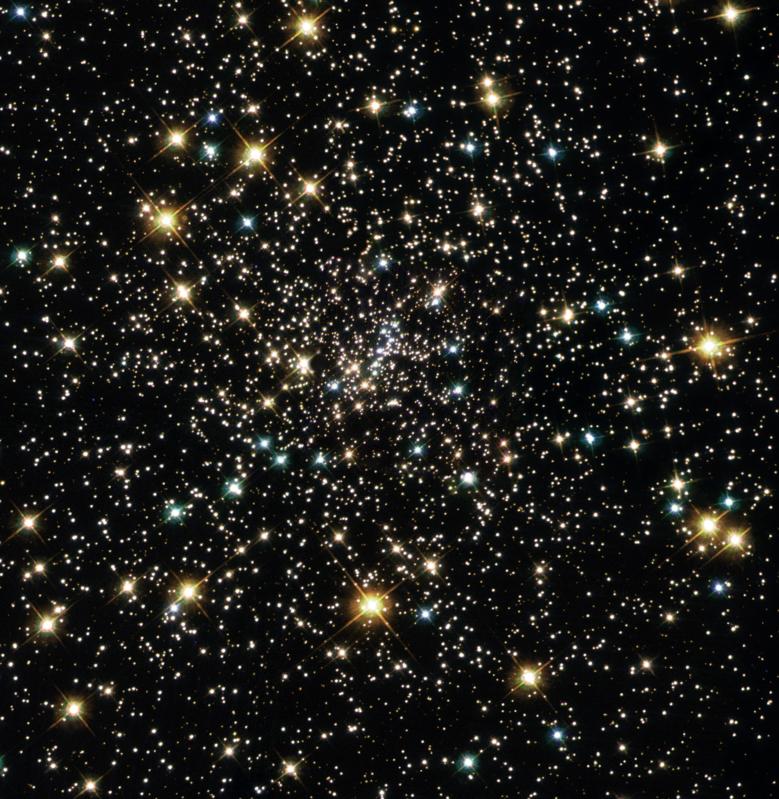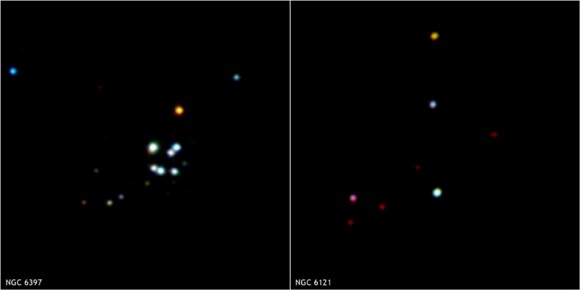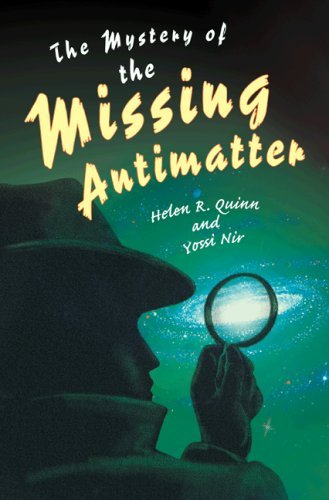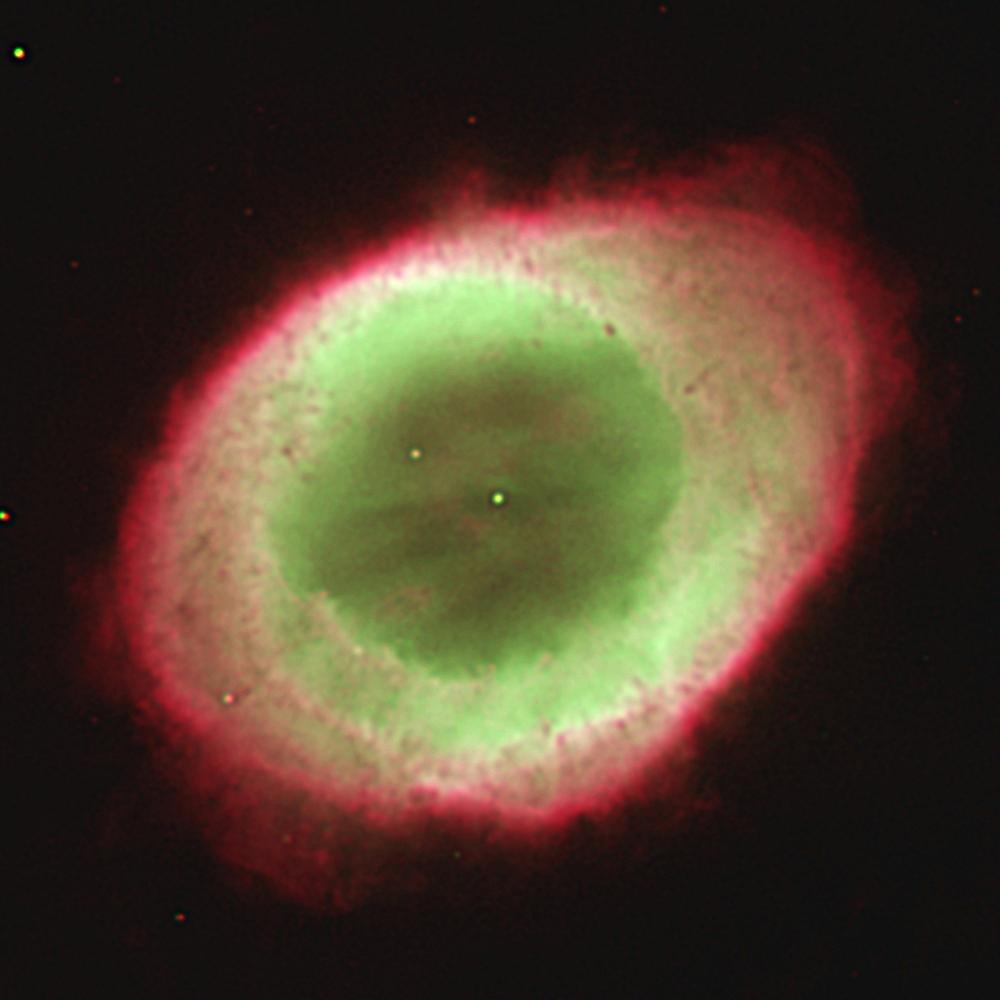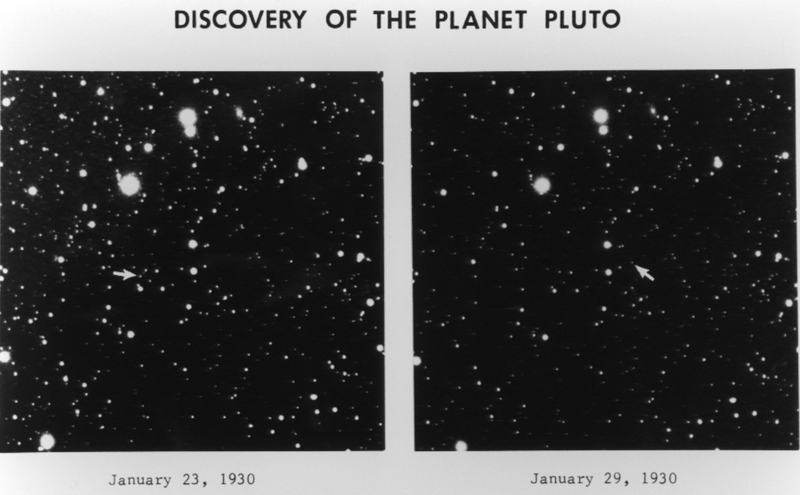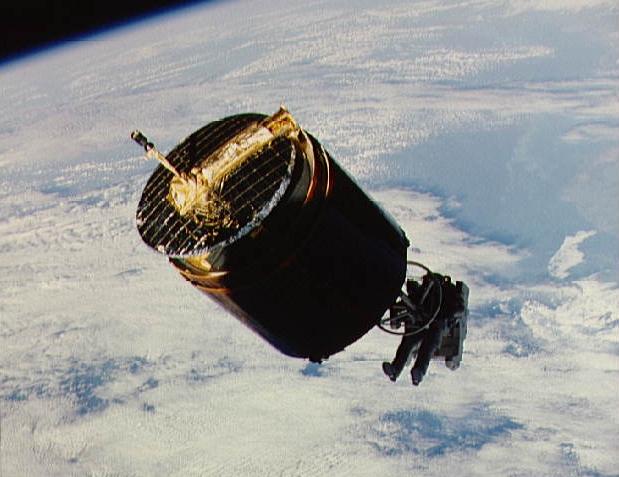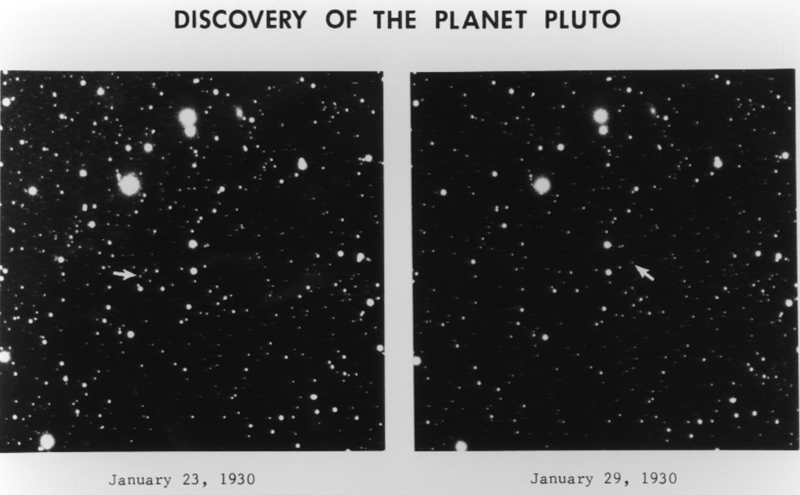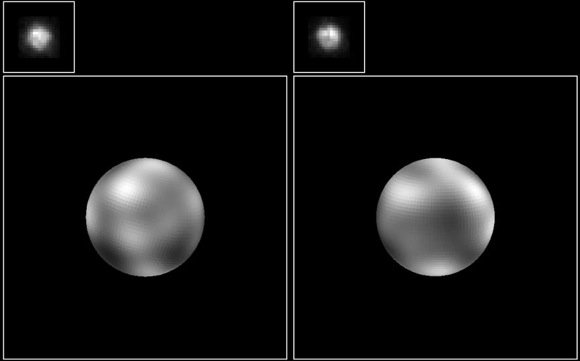Good mystery novels keep you in suspense to the very end. Luckily, our universe does the same to us. While we learn more, we learn that we have so much more to go. Helen Quinn and Yossi Nir in their book The Mystery of the Missing Antimatter look at one outstanding puzzle of particle physics. Suspense may lack somewhat but there’s no doubting that some high powered intellects are exercising lots of gray matter.
So, why would anyone think that antimatter is missing. Well, most people wouldn’t even acknowledge the existence of antimatter. Nevertheless through a simple process of deductive reasoning, principally via the rules of symmetry, Quinn and Nir let the reader know that matter needs antimatter. We do see lots of matter in our universe whether planets, stars or galaxies. Yet, there are no apparent globs of antimatter. So, either they lie hidden or they must have disappeared. This is the mystery that Quinn and Nir tackle.
With the theme of a murder mystery installed in the reader by a silhouette on the cover, this book takes the reader on a tour de force of the case at hand. That is, since about the last hundred years, we read of researchers who’ve developed models and experiments that have dived ever deeper into what is matter. Atoms gave way to protons, neutrons and electrons. These gave way to mesons, fermions, bosons, hadrons and leptons. Finally we read of the latest on the scene; the neutrinos with mass. How do these relate to matter? Well, via symmetry. That is, whatever we begin with, we will end with. This is the supposition that’s carried throughout the book. So, when small particles in accelerators crash together, the remnants must, in sum, equal the beginning, accounting for charge, mass and spin. This, the reader learns, is the simple basis for advancements in particle physics and its perception of the tiniest of the tiny. And this basis explains why antimatter must be accounted for somewhere or somehow.
Now this book is in a series entitled Science Essentials. Its objective is to convey to the reader, in clear prose, the fundamental knowledge underlying a rapidly evolving field. The book meets this need as it proudly trumpets the lack of any equations or math. Yet, it also lacks charts and explanatory figures. In particular, there’s a lack of an easy reference that links all the particles and variables together. For instance, reading of “each charged lepton converting to a single type of neutrino when it emits or absorbs a W-boson” can quickly lose a reader who is not familiar with particles, charms and colours as they relate to particle physics. Sure, the authors take the reader by the hand for introductions to each, but there’s a lot of which to keep track as one proceeds to “neutral particles of definite mass [that] are admixtures of two states of different strangeness”. Yes, this verbiage is essential and does build on itself. But, unless already indoctrinated, the reader will quickly feel overwhelmed. Essentially, all the words are familiar but they’re used in a very different way than as normally spoken on the street. Reading this book will help the average reader in understanding the relevant press clippings. It certainly won’t dish out all the tricks of the particle physicist
Yet, this lack of affinity is perhaps the failing of the average reader rather than the writer. This book takes the reader on a breathtaking foray into the depths of the particles that make-up our body and our worlds. A flavourful timeline at the end of the book shows just how quickly our knowledge is transporting us into an existence of knowing. As the authors note, our understanding increases but we still don’t know why antimatter is missing. But we know it exists and we’re not giving up the search. It is good to be more aware of our existence and this book does provide the necessary background even though the reader may need to re-read or passage or two.
Assuming the universe came from nothing, then the sum of its parts must still be nothing. Hence matter that we readily see must have an equivalent antimatter. But where? Helen Quinn and Yossi Nir consider this in their book The Mystery of the Missing Antimatter. And, like an affable Dr. Watson, the reader can journey with them as they explore this still unsolved case.
Read more reviews or purchase a copy online from Amazon.com

